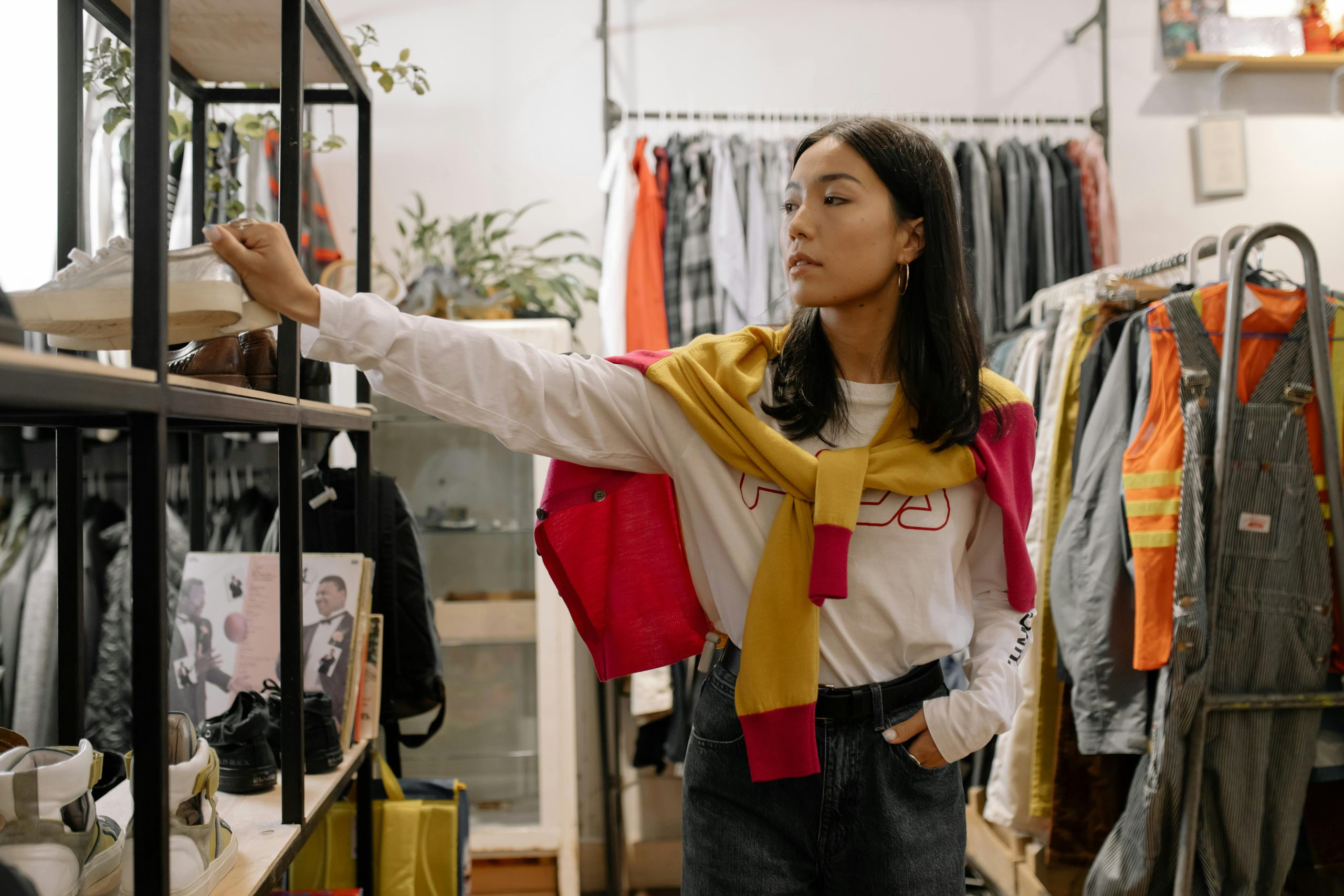The Psychology of Retail Therapy: Understanding Shopping Behavior
Shopping can be a therapeutic experience for many people. The act of browsing through stores, trying on new clothes, and purchasing items can bring a sense of happiness and fulfillment. This phenomenon is commonly known as retail therapy, and it has been studied extensively by psychologists, marketers, and consumer behavior experts. Retail therapy has been a subject of interest for decades, and as consumer behavior continues to evolve, it is important to understand the psychology behind this behavior. In this article, we will discuss the psychology of retail therapy and how it impacts our shopping habits.
The Emotional Connection to Shopping
Humans are emotional beings, and our emotions greatly influence our behavior, including our shopping habits. The act of shopping can produce a range of emotions, including pleasure, excitement, and even guilt. Retail therapy taps into our emotional connection to shopping, providing a sense of relief and happiness.
Studies have shown that shopping triggers the release of dopamine, a chemical associated with pleasure and reward in the brain. This rush of dopamine can be addictive and often leads to people seeking out retail therapy to fulfill their desire for pleasure and satisfaction. Furthermore, shopping can also reduce stress and anxiety, making it a desirable activity for those looking for an emotional escape.
The Role of Self-Esteem
Our self-esteem also plays a significant role in retail therapy. For many people, shopping can be a way to boost their self-esteem and feel better about themselves. This is especially true in today’s society where image and appearance are highly valued. By purchasing new clothes or accessories, people can improve their self-perception and feel more confident.
On the other hand, retail therapy can also be a coping mechanism for those struggling with low self-esteem. The act of purchasing new items can give them a sense of control and accomplishment, which can help alleviate negative feelings about themselves.
The Power of Marketing and Advertising
The retail industry thrives on the psychology of consumers, and marketers are well aware of the emotional connection people have with shopping. They use various tactics, such as creating a sense of urgency, offering limited-time deals, and using persuasive language, to entice consumers into making a purchase.
The Appeal of Sales and Discounts
Sales and discounts are a powerful marketing tool and play a significant role in retail therapy. The idea of getting a good deal or saving money can evoke a positive emotional response and motivate people to shop. In fact, sales and discounts have been found to trigger the same pleasure center in the brain as other forms of retail therapy.
Marketers also take advantage of our innate desire to avoid missing out on a deal. This fear of missing out, also known as FOMO, can push people to make impulsive purchases, even if they do not necessarily need the item.
The Impact of Social Media
In recent years, social media has had a significant influence on our shopping behavior. Platforms like Instagram and Facebook have become powerful tools for retailers to connect with their target audience and promote products. The constant barrage of ads, celebrity endorsements, and influencer recommendations can create a sense of need or desire for certain products, leading to an increase in retail therapy.
The Role of Peer Pressure
Moreover, social media has also intensified the pressure to keep up with the latest trends and styles. People often compare themselves to others on social media, and when we see others with the latest fashion or gadgets, it can lead to feelings of inadequacy and the desire to indulge in retail therapy to feel more in line with our peers.
The Dark Side of Retail Therapy
While retail therapy can bring temporary relief and satisfaction, it can also have negative consequences. For many people, retail therapy can lead to impulsive purchases and overspending, often resulting in financial strain. Moreover, relying on shopping as a means of emotional support can decrease one’s ability to cope with difficulties in a healthy way.
Finding a Balance
To avoid the negative effects of retail therapy, it is crucial to find a balance and understand our shopping behaviors. Rather than using shopping as a coping mechanism, we should find healthier ways to deal with stress and negative emotions. Additionally, practicing mindful shopping can help us make more conscious and intentional purchases, avoiding impulsive buys and regretful spending.
In conclusion, retail therapy is a complex phenomenon that is deeply rooted in the psychology of consumers. It can provide temporary relief and satisfaction, but it is essential to understand our emotions and find healthier ways to cope with them. By recognizing the power of marketing and social media, we can become more mindful of our shopping habits and find a balance between indulging in retail therapy and making responsible purchase decisions.









